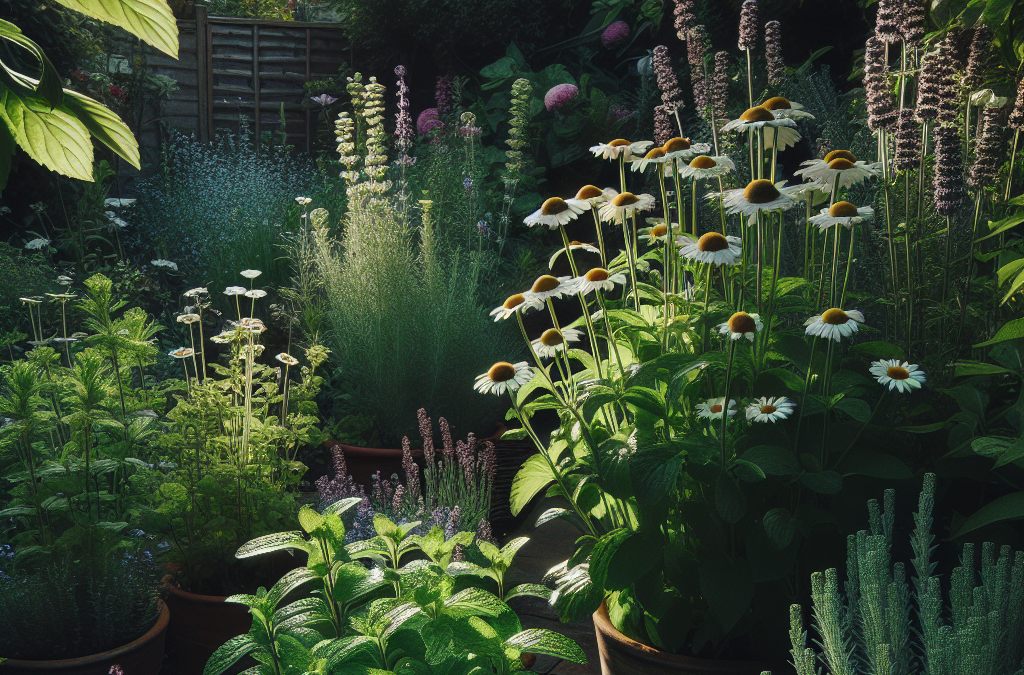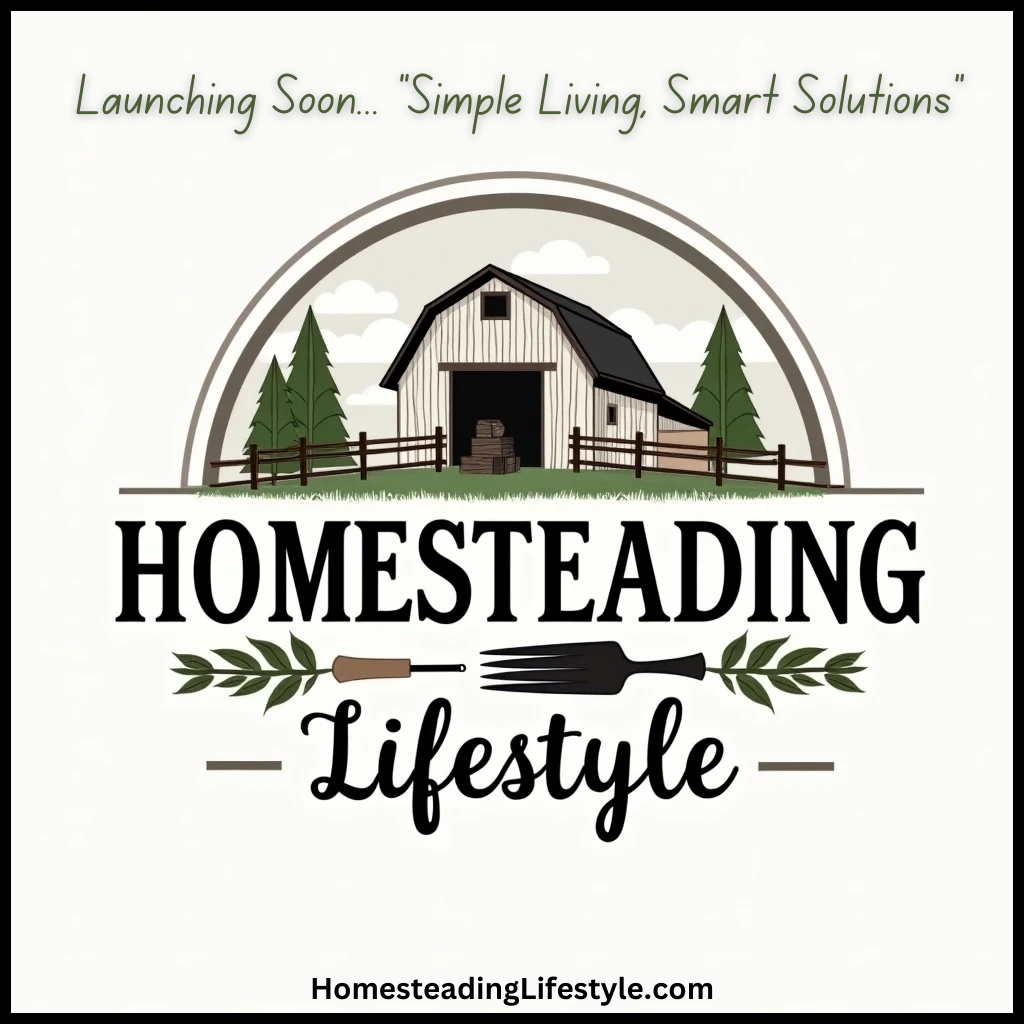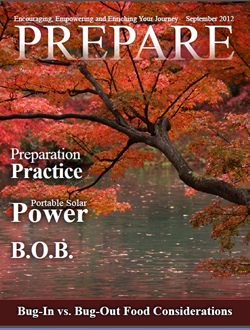Basil
The Benefits of Basil
So, let me tell you about basil. This little green gem is not just for your spaghetti sauce. I’ve learned that basil is fantastic for reducing inflammation and can help with digestion. Whenever I’m feeling a bit off-kilter, I like to brew a nice basil tea, and trust me, it works wonders!
Another thing I really love about basil is its high antioxidant properties. These guys help combat free radicals in our bodies. Plus, having fresh basil around just makes everything feel a bit more vibrant. It’s like bringing a little Italian sunshine into your kitchen!
Beyond the health benefits, growing basil is super easy. I’ve found it can thrive in pots or in the ground, and it doesn’t ask for too much. Just a good amount of sunlight, water, and some love – and you’ve got yourself a mini-basil garden. How great is that?
Growing Tips for Basil
If you’re thinking about starting your basil journey, make sure to plant it in a spot that gets at least 6 hours of sun a day. Trust me, it loves that warmth! And don’t forget about drainage; basil doesn’t want to sit in water. A pot with good drainage holes is essential. I’ve had my share of drowned basil – lesson learned!
When it comes to harvesting, don’t be shy! Snip off the leaves regularly to encourage more growth. Just make sure you leave some leaves behind for the plant to keep growing. It’s a balance – kind of like a friendship where you give and take!
If you notice the plant starting to flower, nip that off too. Those flowers might look pretty, but they can sap the energy from the leaves you want. Keep your basil bushy and leaf-laden; that’s the key to success!
Using Basil in Your Kitchen
Now, how do I use my beloved basil? Oh man, where do I start! It’s perfect for making a fresh pesto, just blending it up with some pine nuts, garlic, and Parmesan – yum! It elevates just about any dish – throw it on pizza, toss it in salads, or even in a refreshing drink!
One of my favorite things to do is make a basil-infused oil. I simply heat some olive oil and toss in a handful of fresh basil leaves. Once it cools, I’ve got a delicious oil perfect for drizzling on salads. Your taste buds will thank you!
And don’t get me started on basil cocktails! Mixing it in a mojito or even a gin and tonic gives a refreshing twist. It’s the little surprises in life that keep things exciting, and basil certainly does that!
Lavender
The Calm in the Storm
Let me introduce you to lavender. This isn’t just a pretty flower; it’s truly a calming hero in my garden. I’ve found it to be fantastic for stress relief. Just smelling it helps me feel more centered after a long day. I often add dried lavender to my bath to unwind. It’s like a spa day in my own home!
Moreover, lavender is well-known for its sleep benefits. I’ve taken to putting a small sachet of dried lavender under my pillow, and wow, I sleep like a baby! It’s an old trick that really works – I swear by it!
Plus, lavender has antiseptic properties, which means it can be used on minor cuts and burns. It’s like having a natural first-aid kit in your backyard. Feeling empowered yet? You should!
Growing Lavender
For those looking to grow lavender, it prefers well-drained soil and full sun. I planted mine slightly raised to help with drainage, and it’s thriving. Just like basil, lavender doesn’t want soggy feet! I learned that the hard way when my first batch didn’t make it. Oops!
Pruning is essential for lavender. After the bloom, I trim it back to encourage compact growth. Trust me, a little haircut does wonders! Plus, it keeps your plant looking stylish.
And make sure to keep it away from strong winds; those delicate stems can be easily damaged. Maybe create a little windbreak with taller plants? It’s all about being protective over your lavender babies!
Using Lavender
When it comes to using lavender, I’ve found it’s super versatile. Adding it to baked goods like cookies or scones brings a fragrant twist! Just be careful not to go too overboard – a little goes a long way!
Lavender-infused lemonade is another winner for summer. Just infuse your simple syrup with lavender, and you’re all set for refreshment central. It’s a showstopper at parties!
And let’s not forget about lavender essential oil. I dab a bit on my wrists or diffuse it while working. It helps keep the zen vibes alive, and I love that!
Peppermint
The Digestive Aid
Peppermint is a must-have in my herb garden. Whenever I have digestive issues, peppermint tea is my go-to. Seriously, I’ve found it can soothe an upset stomach in no time. It’s like a little hug for your insides!
This herb has a menthol quality that’s also super refreshing. I often use it in smoothies or teas for that extra zing. Just one whiff can wake me up! Tbh, I’m a bit obsessed with the fresh aroma.
Plus, it can work wonders for headaches. I’ve made a peppermint oil rub for my temples, and it really does help alleviate tension. Simple yet effective; what’s not to love?
Growing Peppermint
Peppermint is one of those lovely plants that practically grows itself. I usually recommend planting it in a pot, as it can become quite invasive in the garden – trust me, I learned from experience!
This plant loves moisture, so I keep it consistently watered. But be cautious; you don’t want it sitting in water, either! It’s all about balance. A sunny spot works wonders, but peppermint can tolerate some shade too!
Harvesting is simple! Just pluck the leaves as needed. I always leave some behind to keep the plant thriving. It’s like sharing with a friend – give and take!
Using Peppermint
I love using peppermint in so many ways! One of my favorites is a chilled peppermint tea. Just steep those fresh leaves in hot water, let it chill, and voila! Perfect for hot days.
Mint chocolate desserts are another favorite of mine. Whether it’s brownies, ice cream, or even a refreshing mint mojito, peppermint just makes everything better!
And let’s not forget peppermint lemonade, which is a family favorite. Just a splash of peppermint syrup in lemonade sets it off perfectly – cheers to hot summer days!
Chamomile
The Sleepy Time Hero
Chamomile is often my evening ritual. I brew a cup before bed, and it helps me wind down like nothing else. It’s like a lullaby in a cup! Whenever I stress out, I just take a deep breath and sip on that calming tea.
This gentle flower is also known for helping with anxiety and stomach upsets. I’ve had days filled with tension, and a cozy chamomile tea has become my go-to remedy. It’s like a warm hug on the toughest days!
Plus, it has mild anti-inflammatory properties which can help soothe lots of things. It’s nature’s gentle healer, and I really appreciate having it around.
Growing Chamomile
Growing chamomile is a joy! This lovely flower thrives in most soil types and doesn’t need much fuss at all. I usually plant it in a sunny spot in my garden, and it just pops up happily with beautiful white flowers.
Watering is simple; I keep an eye on it and only water when it’s dry – too much water can lead to root rot. I’ve learned that one the hard way, but hey, it’s part of the gardening journey!
Once the flowers bloom, they’re ready for harvest! I like to harvest them in the morning for the highest oil content. It feels amazing to make my own tea from the flowers I grew myself!
Using Chamomile
Chamomile tea is my favorite, but there’s so much more to it! I sometimes use dried flowers to make chamomile-infused baths; it’s like a spa treatment right at home. Those floral scents are so soothing.
Another fun way to use chamomile is in smoothies, just toss in a few leaves for some herbal flair. Trust me; it adds a nice subtle flavor you’d never expect!
And let’s not forget about skincare! I’ve made a chamomile facial steam; it’s refreshing and helps your skin feel great. Just remember to allow it to cool a bit before you lean in!
Echinacea
The Immune System Booster
And, of course, we can’t forget about echinacea. This vibrant flower has been my trusty companion during cold season. I swear, it helps give my immune system that extra oomph! Whenever I feel a cold coming on, echinacea tea is my first line of defense.
Many folks swear by it for reducing cold symptoms. I’ve taken supplements during flu season, and I firmly believe that it kicks my immune response up a notch. Sometimes, having the right tools in your back pocket is everything!
Echinacea not only helps fight colds but has anti-inflammatory properties too. It’s got a multi-faceted approach keeping me healthy, and I love having it in my garden. It’s like my outdoor pharmacy!
Growing Echinacea
If you’re interested in growing echinacea, you’ll love how low-maintenance it is. It thrives in well-drained soil and full sun; just plant a few seeds, and let nature do its thing! I love how resilient it is; it can tolerate drought, too!
While it doesn’t need frequent watering, giving them some good hydration during dry spells helps them flourish. I’ve watched my echinacea flourish just from the occasional attention – patience is key!
When the flowers bloom, you can snip back the stems to encourage a second bloom later in the summer. It’s fun to see how many times you can get them to bloom throughout the growing season!
Using Echinacea
Echinacea tea is my jam! I brew it with honey and a splash of lemon. It’s soothing and supportive, especially during sniffly days. I also found echinacea tinctures incredibly effective; just a few drops can make a world of difference.
And don’t overlook echinacea in cooking; it can be added dried in soups and stews for an immune and flavor boost! It’s subtle but worth trying.
Finally, here’s a fun idea: use echinacea petals in salads. They add not only color but also nutrients. Think of it as adding a touch of beauty to your plate!
Frequently Asked Questions
1. Can I grow all these herbs in the same space?
Absolutely! Just make sure they get enough sunlight and that the soil can drain well. Some may need a bit more space, but with a little planning, they can happily coexist!
2. How do I harvest the herbs properly?
For most herbs, it’s best to snip off the leaves or flowers with clean scissors. Always leave enough behind so the plant can continue to thrive. Think of it as sharing with a friend!
3. When is the best time to plant these herbs?
Spring is typically the best time to get your herbs in the ground! After the last frost, they’ll thrive as the weather warms up.
4. Which herb is the easiest to grow for beginners?
Peppermint is a great choice if you’re just starting out! It’s hardy and doesn’t require too much care. Plus, it’s super rewarding to use in your cooking!
5. Can I use these herbs for medicinal purposes?
Definitely! However, I recommend doing a bit of research or consulting with a healthcare professional, especially if you have any existing conditions or are pregnant. It’s always better to be safe!





